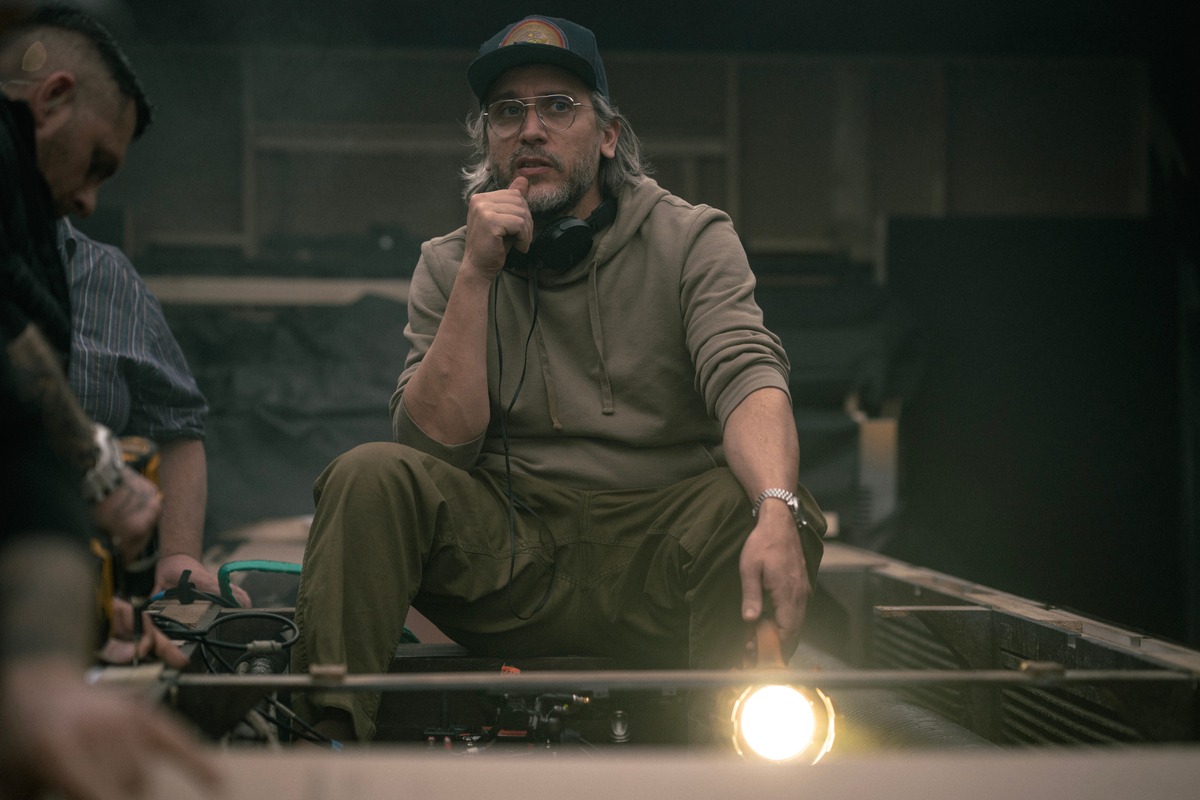Fede Alvarez was twelve years old in 1990 when he first experienced the terrifying majesty of Alien. As a young cinephile growing up in Uruguay, Alvarez was mesmerized by the making-of video his journalist father had managed to procure. Little did he know, this encounter would shape his destiny.
Now, decades later, Alvarez is at the helm of Alien: Romulus, a new installment that fits snugly between Ridley Scott’s 1979 original and James Cameron’s 1986 sequel Aliens. The film, in wide release on Aug. 16, carries forward the xenomorph legacy with a fresh chapter set on a desolate mining colony.
The cast features Rain (Cailee Spaeny), who seeks escape from the colony with her synthetic sibling Andy (David Jonsson). The tale unfolds as they join a group of rogues aboard an abandoned spaceship, unknowingly carrying a menacing predator onboard—a scene set to be riddled with reminders of its iconic predecessors.

Alvarez has expressed immense respect for Scott’s vision and his role in the franchise. Ridley had to sign off on it. Everything starts with Ridley.
His collaboration with Scott was crucial; their meetings, often initiated via Zoom, felt like ceremonious consults with an oracle. This seamless exchange included a particularly memorable note from Scott. After watching the first cut of Romulus, Scott’s straightforward feedback included some profane honesty about pacing, helping Alvarez fine-tune his creation.
This moment stands as a testament to the balance they struck between creative advice and autonomy. Ridley remarked, Films are nearly always too long… I do not need advice. If I fall on my own sword and therefore lie bleeding, I say, ‘It was my fault.’
The direction of Romulus finds its roots not only in loyalty to the franchise’s aesthetic but also in Alvarez’s process of tactile filmmaking. Practical effects and sets were a priority. Involving Tippett Studio for stop-motion scenes and Ian Hunter for spaceship miniatures allowed genuine texture—an echo of classics like Interstellar.
Alvarez’s career trajectory took off post the acclaimed reboot of Evil Dead in 2013, which led to further talks within major studios including Marvel. Known for titles like Panic Attack!, Alvarez constantly pushes boundaries while remaining true to core visual styles and themes—themes reflected in Romulus.
The film doesn’t veer away from classic elements. It inclusively preserves the creature’s feared evolutionary stages—facehugger to chestburster—engaging audiences both familiar and new by sticking closely to canon.I was trying to justify why it looks this way visually
, Alvarez explained, illustrating his commitment to consistency within the Alien chronology.
 Follow Us
Follow Us





